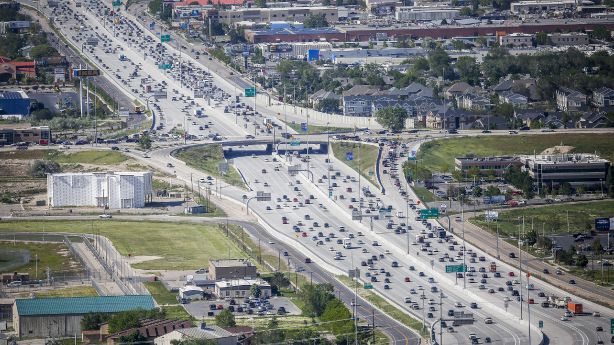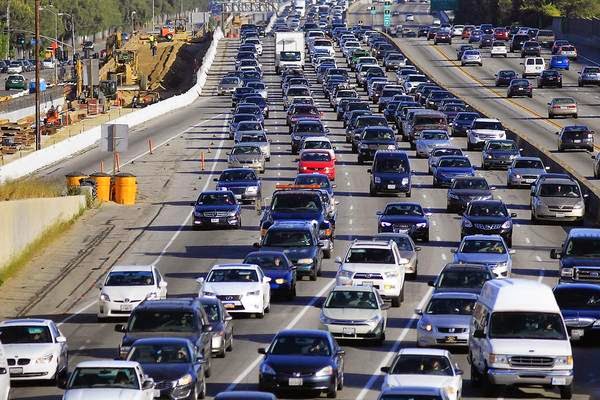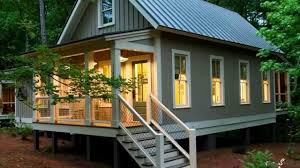From the Insanity File

A double-decker I-15 could be in Salt Lake City's commuting future Cities have become nearly unliveable. Correction: are unliveable. If you live in, or near one, traffic is the monster you have to white-knuckle through on a daily basis. The typical American family has more vehicles than licensed drivers and in our "drive everywhere culture" it's getting worse every year. Salt Lake City, UT is a great example. It's one of the fastest growing cities in the country and it's having a hard time keeping up with the rapid growth. However, building more infrastructure to accommodate vehicles is pure lunacy. Not too mention the unbelievable cost. But that's what they are considering for the I-15 interstate through Salt Lake City. And the plan they are considering is to double-deck the highway. The political masses very rarely, if ever, entertain the thought of alternative forms of transportation. I mean REAL SERIOUS forms of alternative transp...






